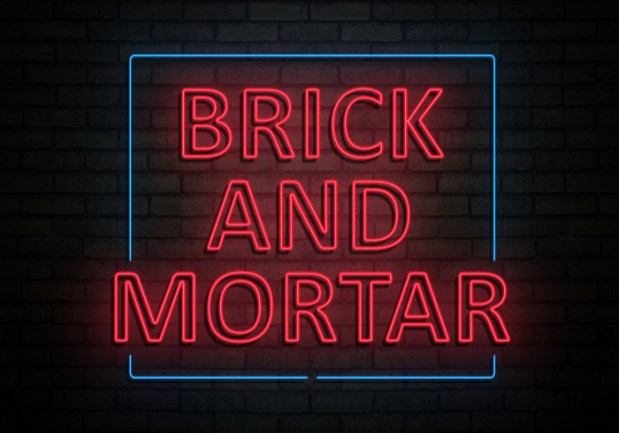Retail Pulse: Allbirds Unveils Manhattan Flagship; Amazon Go Opens Third Store

Digitally native brands, especially those that sell tactile products like footwear, are seeing an offline opportunity in opening flagship stores in major cities. Shoe brand Allbirds, in particular, has brought a large retail space in New York City.
That new location, a 4,800-square-foot store in the trendy SoHo neighborhood, is quite the upgrade from its temporary 900-square-foot space. The permanent flagship will have room for all sorts of amenities, like a service bar to help customers find the correct size, as well as a lounge space. The idea behind Allbirds’ physical retail presence is “to create retail spaces that allow customers to truly engage with the brand in an authentic offline experience that embodies [Allbirds’] unique comfort and thoughtful design,” Co-founder Joey Zwillinger told CNBC.
Beyond the Big Apple, which is the brand’s biggest market, Allbirds has its eyes on other U.S. cities, such as Boston and Los Angeles, for additional brick-and-mortar locations. That said, the brand is also considering opening stores in other countries — Zwillinger said that the brand has “incredible pent-up demand” internationally. In the past, Allbirds only served the U.S. and New Zealand, knowing that it could service those areas “impeccably.” The brand, however, has since begun to serve Canada and Australia.
For Allbirds, a brick-and-mortar presence can provide a bit of a marketing boost. To that end, the brand’s physical stores have generated a “billboard effect,” Zwillinger told The Business of Fashion. With an increase in brand awareness from the retail stores, its eCommerce sales have risen. That is a welcome outcome for Allbirds, as digital marketing has become more expensive for emerging brands.
Allbirds is not the only digitally native footwear brand to step into brick-and-mortar. Ryan Babenzien, founder and CEO of premium sneaker brand GREATS, said in April that the company, and so many other digital natives, are getting into physical retail because the channel provides an experience that simply cannot be replicated online — and that’s why consumers will never fully abandon the live shopping experience in favor of eCommerce. The reason, Babenzien explained at the time, is that “the value of touching and trying something on is still the best way to experience [a] product.” That comes to show that brick-and-mortar stores don’t just have the potential to raise brand awareness: They can provide opportunities to bring tactile experiences to customers, too.
In Other Brick-And-Mortar News
Amazon has brought a another cashierless convenience store to market, just after opening a second Amazon Go store late last month. The new location is the company’s third store in both Seattle and the world, according to reports.
The third store, which is 2,100 square feet, is the brand’s biggest store to date. By comparison, the first Amazon Go store, which opened in January, had 1,800 square feet of space. The second store, which opened last month, clocked in at 1,450 square feet. In terms of offerings, the new store will offer dinner, breakfast and lunch, along with snacks. Amazon Meal Kits will be available for purchase as well.
The RealReal, among a growing number of retailers in Manhattan, is opting for short-term leases before making a long-term commitment to a location. For example, when the company’s executives wanted to open a location in SoHo, they decided on a short-term lease to make sure the neighborhood was the right match for them.
The retailer, which started online seven years ago, opened up a holiday pop-up store in 2016. The location was a success, bringing in new customers while strengthening the company’s overall engagement with its existing customers. The following year, the company signed a five-year lease for a store.
The brick-and-mortar store was still the home to the vast majority of holiday shopping last year. Nearly 85 percent of holiday sales were made in physical stores in 2017. Moreover, having both digital and physical channels seemed to be an advantage when it came to attracting customer spend.
Over 60 percent of retailers showcased their in-store inventory on their online product pages, up from 35 percent in 2016. What are the implications for this year? According to Dropoff, 77 percent of consumers say they plan to shop at the last minute during the 2018 holiday season — a 15 percent rise over last year.
Is it too early to be talking about this year’s holiday season? Apparently not — at least for retailers. Stay tuned to upcoming Retail Pulses for all the latest updates on digital brands tapping into brick-and-mortar retail, and more.